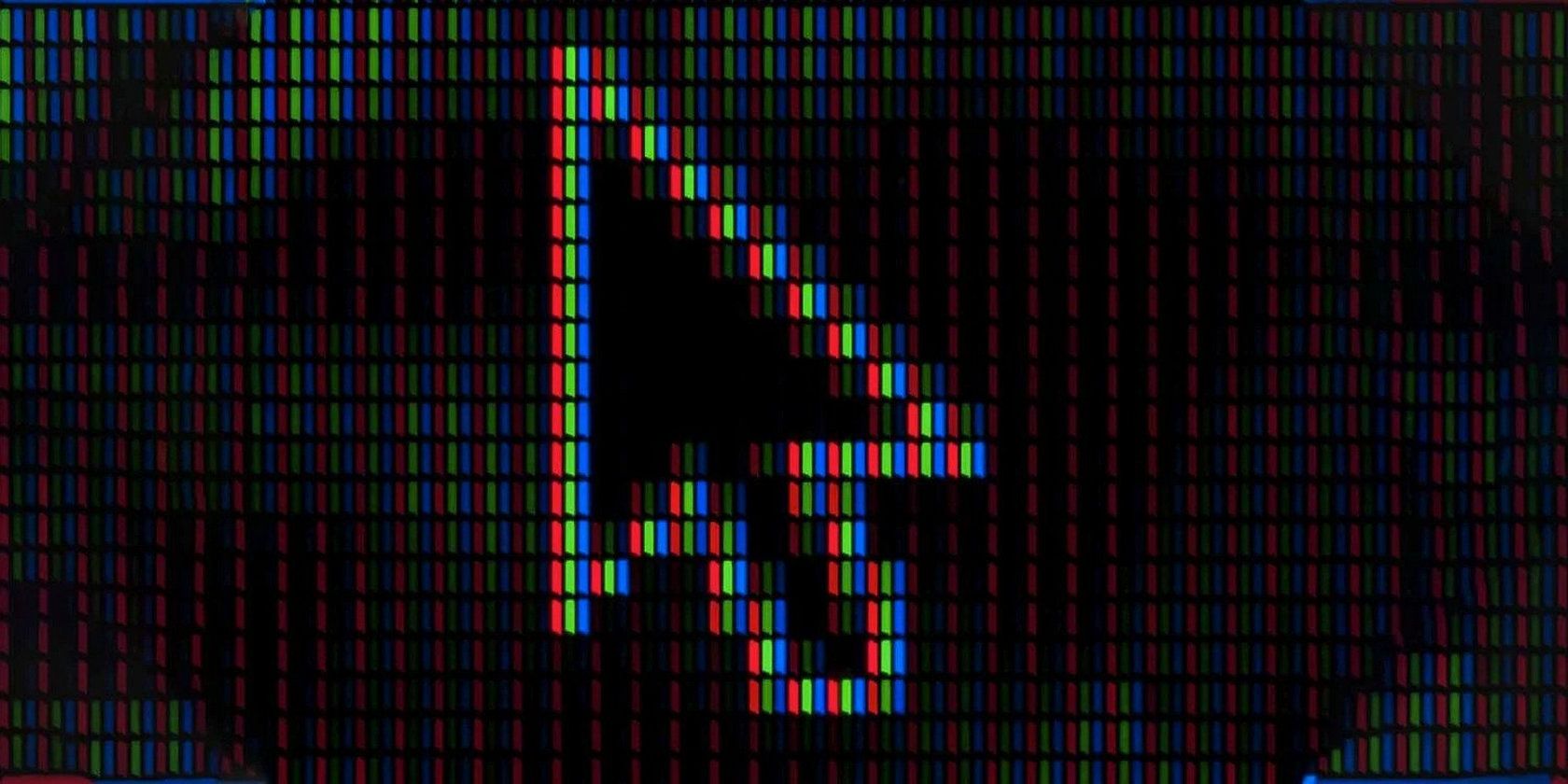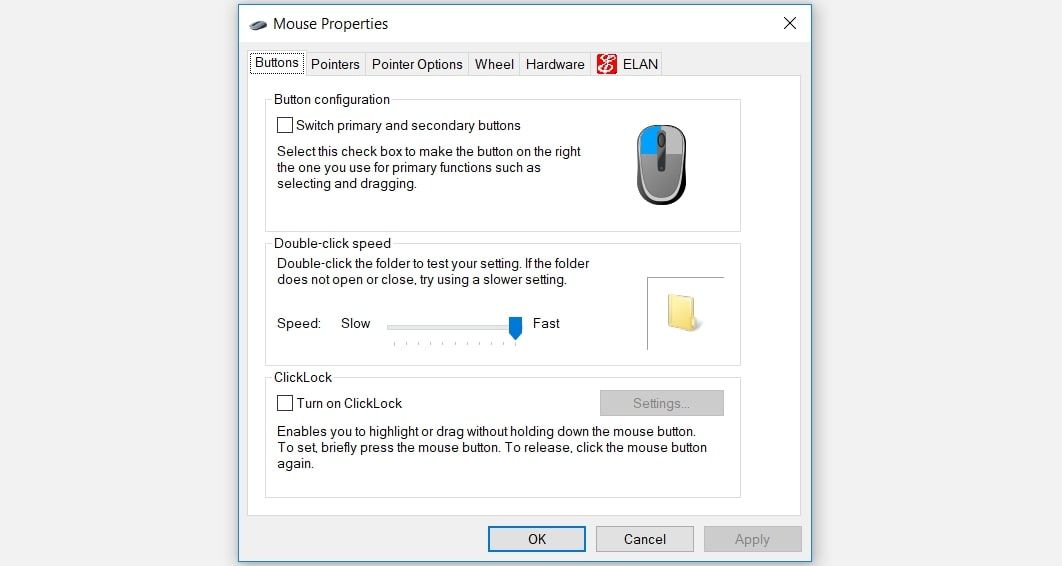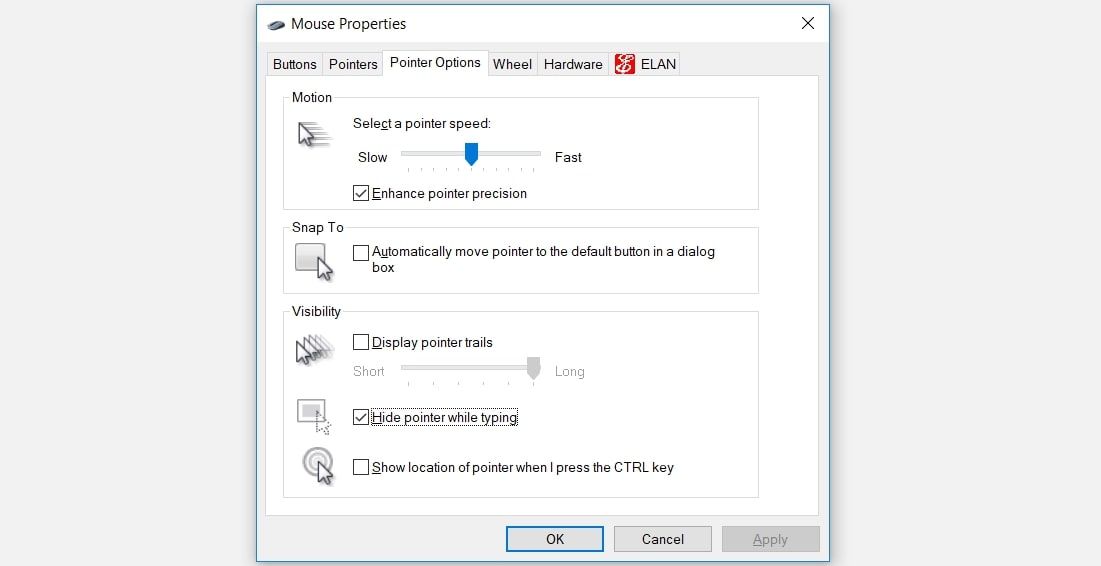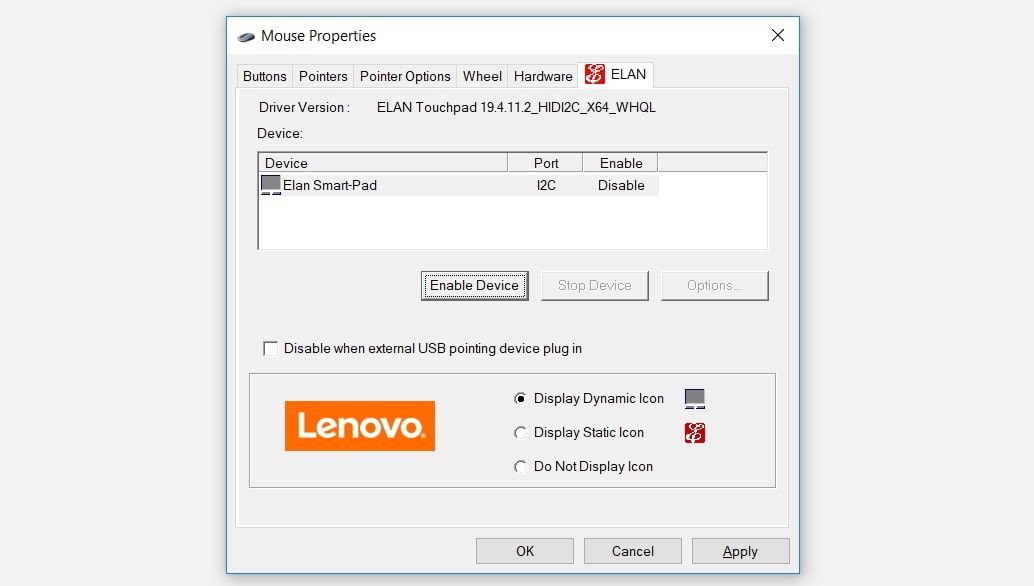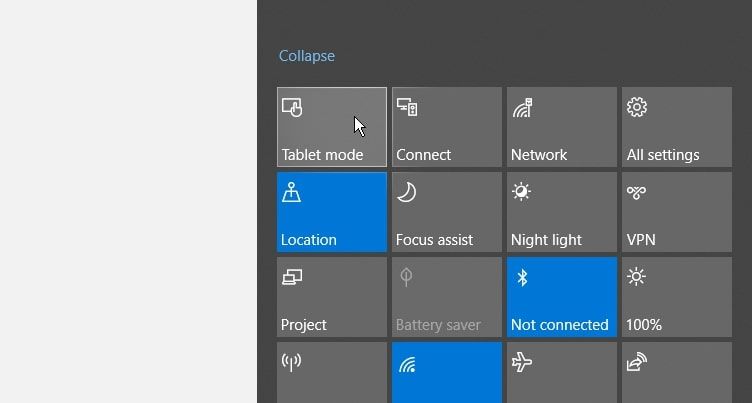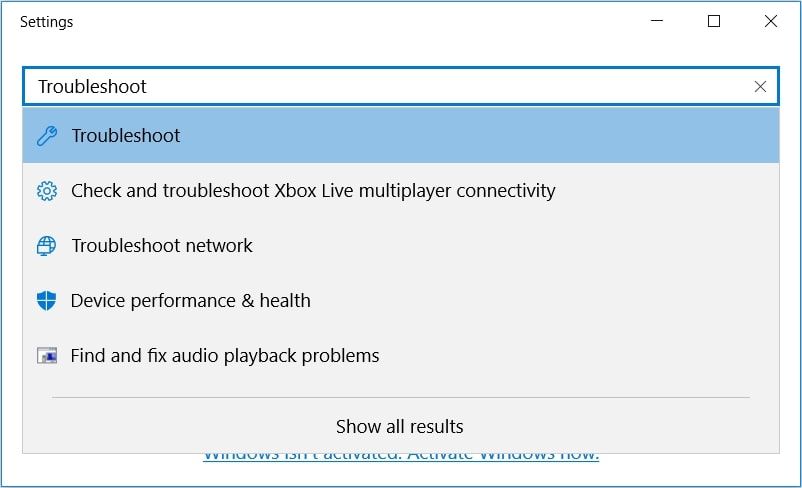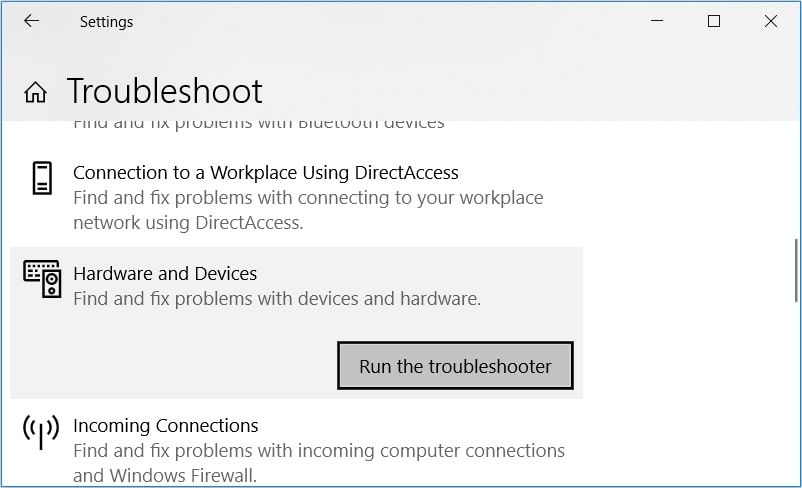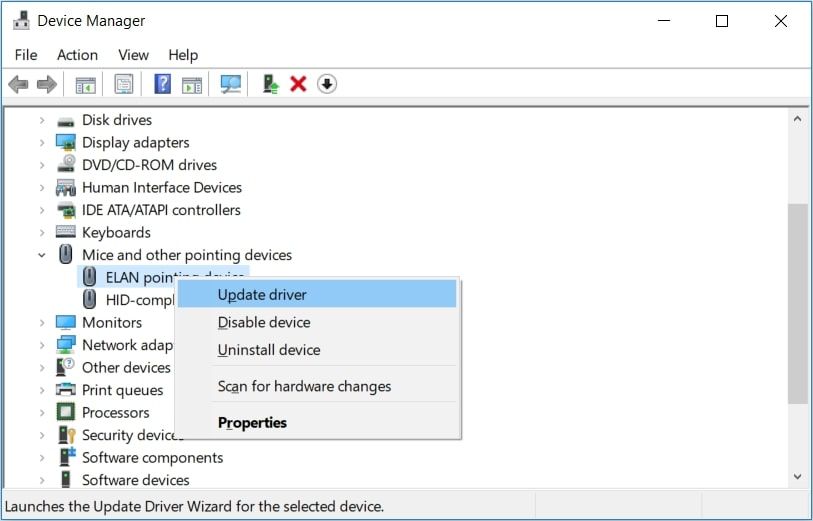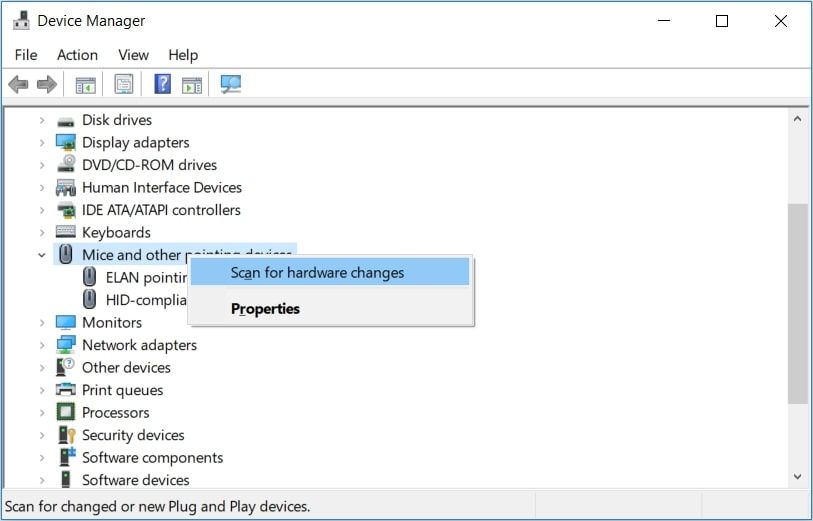The mouse pointer has disappeared from your Windows device, and you're wondering, "How do I get my mouse pointer back?" Or, the mouse pointer always decides to vanish while you're typing.
If you're stuck in these kinds of situations, then we'll help you out. Here's the fun part: our solutions will also teach you how to use your PC without a mouse!
So, let’s dive in and discover how you can bring that mouse pointer back to your device.
1. Quick Fixes for a Mouse Pointer That Won’t Appear on Windows
Before we dive into the detailed solutions, let’s first explore some quick fixes that could bring back the mouse pointer. However, these solutions are only applicable if you’re using a mouse and not a touchpad.
Reconnect the Mouse Sensor or Cable
If you're using a wired mouse, try reconnecting the mouse cable. In case you're using a wireless mouse, try reconnecting the sensor.
When you're done, move the mouse and check if the cursor appears on the screen.
Check the Cable or Batteries
For a wired mouse, check the cable and ensure that it doesn’t have any signs of damage.
If you're using a wireless mouse, then you need to take a different approach. If the mouse pointer disappears, try using new batteries and see if this resolves the issue.
Try Using a Different USB Port
The mouse might have disappeared simply because the USB port is defective. So, try using a different port and see if this resolves the "mouse cursor not available" problem.
Test the Mouse on Another PC
Try using your mouse on another device and see if that helps. In case the issue persists, then your mouse is likely broken.
If the mouse works on the other device, then the issue is probably on your PC. But don't worry—we have a couple of solutions that will help you tackle this problem.
2. Unhide the Mouse Pointer in the System Settings
If the cursor disappears only when you're typing, then the problem might be in the mouse settings. So, let’s check out how you can bring back the mouse pointer in this case:
- Press Win + R to open the Run command dialog box. Or, you can explore the different ways to open the Run command dialog box.
- Type control mouse and then press Enter to open the Mouse Properties window.
-
Press the Tab key repeatedly until the Buttons tab is highlighted.
Next, use the arrow keys to navigate to the Pointer Options tab. When you get there, press the Tab key repeatedly until the Hide pointer while typing box is highlighted.
From there, press the Spacebar to uncheck the Hide pointer while typing box.
Navigate to the Apply option using the Tab key, and then press the Spacebar to apply these settings. Finally, navigate to the OK option using the Tab key, and then press the Spacebar to finalize this process.
3. Enable the Touchpad
If you’re experiencing this issue while using a touchpad, then the touchpad is most likely disabled in the system settings.
So, here's how to bring back a touchpad cursor that keeps disappearing:
- Press Win + R to open the Run command dialog box.
- Type control mouse and then press Enter to open the Mouse Properties window.
- Use the Tab key to navigate to the Buttons tab.
- Next, use the arrow keys to navigate to the Touchpad tab (usually labeled ELAN or Device Settings).
-
Use the Tab key to navigate to the Enable Device option, and then press the Spacebar to select this option.
Navigate to the Apply option using the Tab key, and then press the Spacebar to apply these changes. Finally, navigate to the OK option using the Tab key and then press the Space bar.
4. Disable Tablet Mode (for Touchscreen Devices)
If you’re using a touchscreen device, then you’re most likely using the Windows Tablet mode feature. However, switching to Tablet mode might be the reason your mouse cursor often decides to disappear.
So, if the Tablet mode feature is enabled on your device, here’s how you can disable it:
- Touch the Notification Center icon in the bottom-right corner of the screen.
-
Press the Tablet mode option to disable Tablet mode. The widget should turn gray in color to show that it's been disabled.
5. Run the Relevant Built-In Windows Troubleshooters
You can also bring back the mouse pointer by using Windows’ built-in troubleshooting tools. We'll take a look at how the Bluetooth and the Hardware and Devices troubleshooters can help resolve this issue.
To get started, here’s how you can use the Hardware and Devices troubleshooter:
- Press the Windows key and type Settings in the search box.
- Use the arrow keys to select the Settings option and then press Enter.
-
Type Troubleshoot in the search box, use the arrow keys to select the Troubleshoot option, and then press Enter.
In the next window, use the Tab button to move to the options on the right-hand side pane. From there, use the arrow keys to navigate to the Hardware and Devices troubleshooter.
Press Enter once the Hardware and Devices troubleshooter is highlighted. From there, press Tab to highlight the Run the troubleshooter button, and then press Enter to continue.
When you finish, you can now run the Bluetooth troubleshooter. However, this will only be helpful if you’re using a wireless mouse.
- To get started, open the Troubleshoot settings window as per the previous steps.
- Next, search for the Bluetooth troubleshooter and then run the troubleshooter as per the previous steps.
If the issue persists, it's possible that you're dealing with faulty or broken system files. In this instance, the best thing to do is repair corrupt Windows files with built-in tools (such as the SFC and DISM tools).
6. Update or Reinstall the Mouse Drivers
Corrupted mouse drivers can also cause the issue at hand. In this case, you can bring back the mouse pointer by either updating or reinstalling these drivers.
Here’s how you can update the mouse drivers:
- Press Win + X, use the arrow keys to select the Device Manager, and then press Enter.
- Press Tab and then use the down-pointing arrow key to navigate to the Mice and other pointing devices option. From there, press the right-pointing arrow to expand this option.
- Use the down-pointing arrow key to select one of the mouse drivers. From there, press Shift + F10 to right-click on the driver.
-
Use the down-pointing arrow key to select the Update driver option and then press Enter.
In the next window, use the arrow keys to select the Search automatically for updated driver software option. From there, follow the on-screen instructions to finalize the process.
If the issue persists, try reinstalling the mouse drivers through these steps:
- Open the Device Manager and the mouse drivers as per the previous steps.
- Press Shift + F10 to right-click on the mouse driver and then select Uninstall device.
- Use the down-pointing arrow key to navigate to the Mice and other pointing devices option. From there, right-click on this option by pressing Shift + F10.
-
Finally, select Scan for hardware changes from the options and then press Enter.
When you finish, restart your PC to save these changes.
Easily Bring Back the Missing Mouse Pointer to Your Screen
It’s really hard to use your computer without a mouse. So, in case your mouse pointer suddenly disappears, easily bring it back using the tips we’ve provided.
From there, you could now start focusing on how to customize the mouse pointer to your liking.

